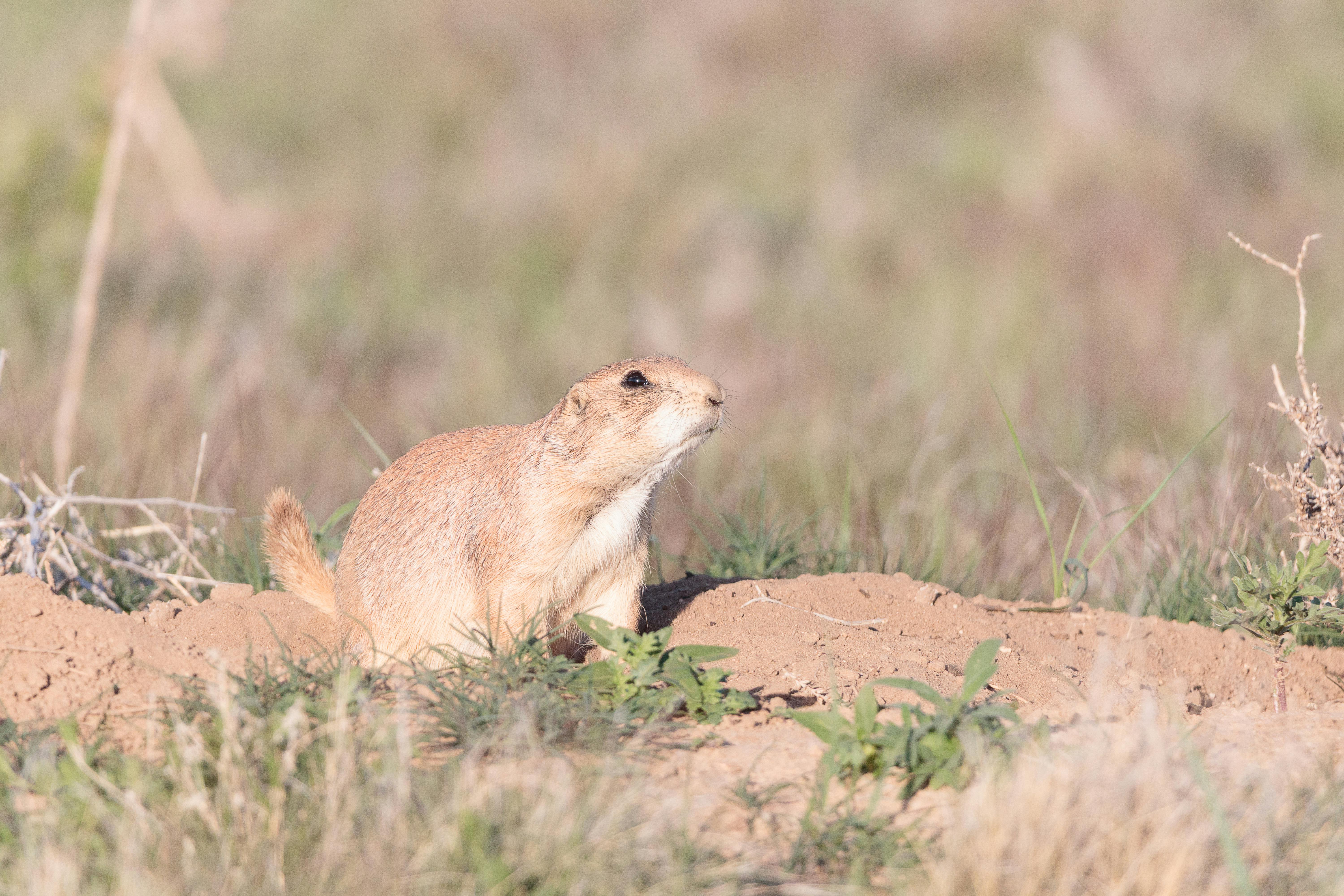"Unraveling the Intricate Lives of Prairie Dogs: A Deep-dive into their Social Structure, Communication, and Conservation Efforts"
Introduction: Discover the fascinating world of prairie dogs, little-known rodents with complex social structures and elaborate communication methods. This article offers an in-depth look at these intriguing creatures, their current conservation status, and the efforts to protect them. From their intricate burrow systems to their sophisticated 'language', prepare to be amazed by the surprisingly dynamic lives of prairie dogs.

Prairie Dogs: Not Just Your Average Rodents
Prairie dogs, despite their name, are not dogs but rather rodents belonging to the squirrel family. They are found primarily in North America’s prairies and grasslands. Far from being simple burrowing creatures, prairie dogs have complex social systems, akin to those of primates. They live in large colonies, or ‘towns,’ which can span hundreds of acres and house thousands of individuals.
The Intricate Social Structure of Prairie Dogs
Much like humans, prairie dogs have a complex social structure. They live in family groups known as ‘coteries,’ consisting of one to two males, several females, and their offspring. Each coterie occupies and defends a specific territory within the larger prairie dog town. This social organization provides multiple benefits, such as shared childcare and improved defense against predators.
The ‘Language’ of Prairie Dogs
One of the most fascinating aspects of prairie dogs is their elaborate communication system. They communicate through a series of squeaks and chirps, each with a specific meaning. Research has shown that their ‘language’ is so advanced that they can describe the size, shape, color, and speed of approaching predators. This level of communication complexity is rare among rodents.
Conservation Status and Threats
Unfortunately, prairie dog populations have been on a steady decline. They are currently listed as ‘least concern’ by the International Union for Conservation of Nature (IUCN), although certain species like the Utah and Mexican prairie dogs are ‘endangered’ and ‘threatened,’ respectively. The primary threats to prairie dogs include habitat loss due to agriculture and urbanization, disease, and deliberate poisoning by humans who view them as pests.
Protecting Prairie Dogs: Conservation Efforts
Despite these challenges, various conservation efforts are underway to protect prairie dogs. These include habitat restoration, translocation programs, and public education to raise awareness about their ecological importance. For instance, prairie dogs play a crucial role in their ecosystems by creating habitats for other species and serving as a food source for predators.
In conclusion, prairie dogs are fascinating creatures with complex social structures and sophisticated communication methods. However, they face numerous threats and are in dire need of our understanding and protection. By shedding light on the intriguing lives of these rodents, we hope to inspire a new appreciation for prairie dogs and a commitment to their conservation.




